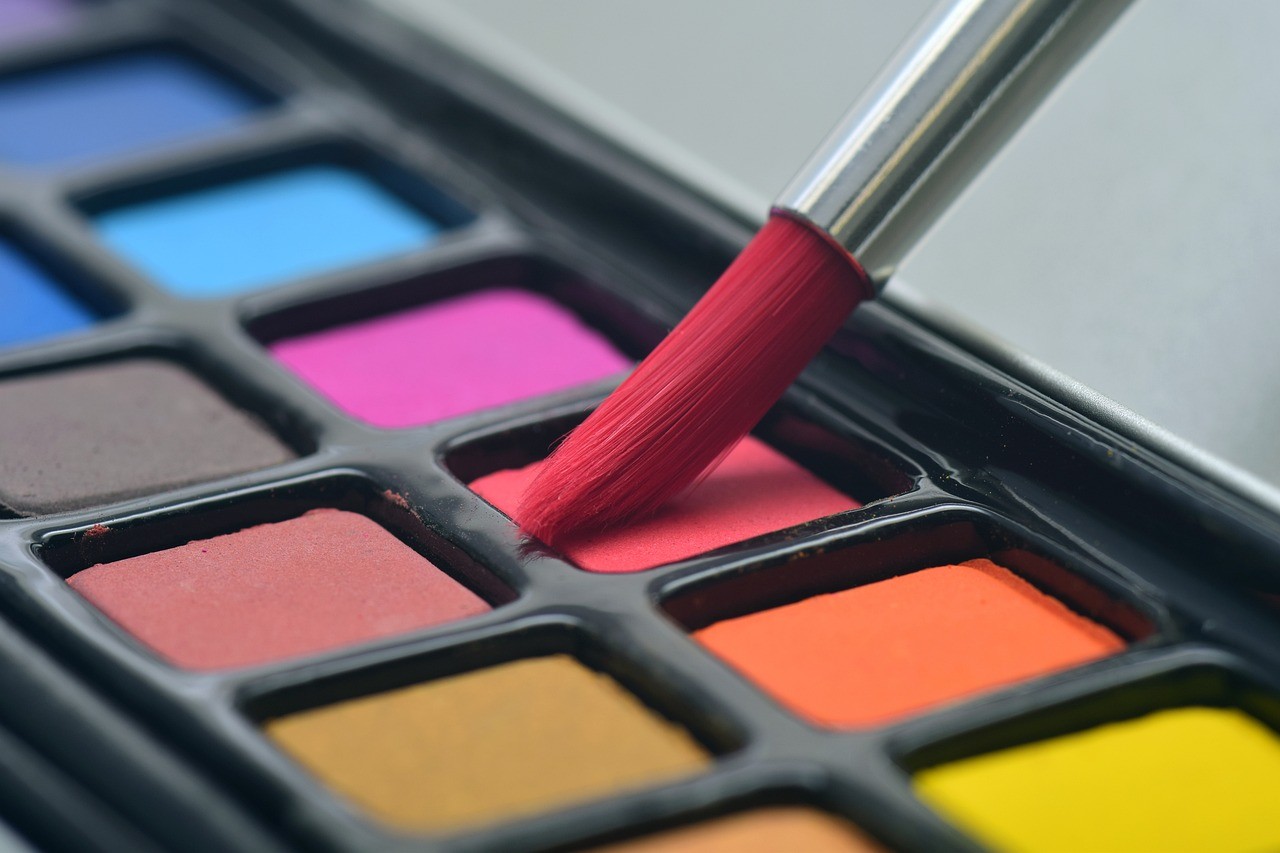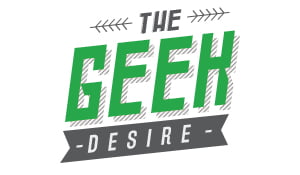Are you ready to dive into digital artistry with Clip Studio Paint but need help determining where to begin? If you're a first-time user of this versatile software, you might find its extensive tools and functions exciting and overwhelming.
In this article, we've covered you with seven essential tips to help you confidently kickstart your Clip Studio Paint adventure. Whether you are a beginner or an aspiring pro, these tips will empower you to unleash your digital artistry potential.
Tip 1: Understanding the Interface
The CSP interface is your digital canvas and tool hub, where mastering its layout and functions is your first step to Clip Studio Paint proficiency.
Key Interface Elements
Before diving into Clip Studio Paint's features, you must familiarize yourself with its vital interface elements. Here's a list of the most essential components:
- Menu Bar: Commands and options for file management and editing
- Tool Palette: Tools for drawing, painting, and editing
- Color Palette: Select and manage colors
- Layer Palette: Control and organize layers
- Canvas: The primary workspace for artwork
- Navigation Palette: Zoom and pan canvas
- Timeline (for animation): Manage animation frames
Understanding these key interface elements will enhance your proficiency in Clip Studio Paint.
Tips for Customizing the Workspace
Customizing your Clip Studio Paint workspace improves workflow and user experience. Here are valuable tips for interface customization:
- Arranging Palettes: Rearrange palettes for convenience
- Creating Custom Workspaces: Save layouts for specific tasks
- Using Tabbed Documents: Organize files in tabs for easy access
- Custom Shortcuts: Create personalized keyboard shortcuts
- Color Themes: Adjust interface colors for reduced eye strain
By implementing these workspace customization tips, you can streamline your workflow and make Clip Studio Paint work more efficiently for you.

Tip 2: Mastering Basic Tools
Mastery of Clip Studio Paint's essential drawing and editing tools, including brushes, pencils, and pens, is crucial for creating precise and creative digital artwork.
How to Use Brushes, Pencils, and Pens Effectively
Using brushes, pencils, and pens effectively is essential in Clip Studio Paint. Here's a concise guide to maximize these tools:
- Brushes: Experiment with different brush types, sizes, and settings to achieve various textures and effects in your artwork.
- Pencils: Use pencils for sketching, fine lines, and shading, adjusting hardness and opacity to control line weight and darkness.
- Pens: Employ pens for precise linework and inking, changing settings like stabilizer and correction to enhance control and precision.
Tips for Efficient Selection and Transformation
Selecting and transforming elements within your artwork is crucial for precise editing in Clip Studio Paint. Here are five tips to streamline your selection and transformation processes:
- Quick Selection: Use the Magic Wand tool (W) for rapid object selection by clicking on the desired area.
- Lasso Options: Utilize the Lasso tool (L) for freehand selections; hold Shift to add to the selection and Ctrl (Cmd) to subtract from it.
- Transform Commands: Access common transformations like scaling, rotating, and skewing from the Edit menu or by pressing Ctrl+T (Cmd+T).
- Mesh Transformation: Apply mesh transformations for detailed adjustments to specific parts of your artwork.
- Selection Masks: Create selection masks for non-destructive editing; press Ctrl+Shift+I (Cmd+Shift+I) to invert selections.
Tip 3: Working with Layers
Understanding the importance of layers in digital art is essential for creating organized and editable artwork. Here's why layers are crucial:
- Organization: Layers help you collect elements.
- Non-Destructive Editing: They enable edits without altering the original.
- Efficiency: You can experiment and refine without starting over.
Layer Types and Their Uses
Understanding different layer types and their specific uses is crucial for effective digital art creation in Clip Studio Paint. Here are the main layer types and their respective purposes:
- Raster Layers: Used for drawing and painting, supporting various brushes and textures.
- Vector Layers: Ideal for creating precise, scalable shapes and lines.
- Text Layers: For adding and formatting text within your artwork.
- Gradient Layers: Apply gradients for smooth color transitions.
- Tone Layers: Commonly used for shading and halftone effects.
- Folder Layers: Group and organize multiple layers for better management.
- Layer Masks: Control the visibility and transparency of specific areas within a layer.
- Correction Layers: Apply non-destructive adjustments to your artwork.
Understanding these layer types will help you work more efficiently and creatively in Clip Studio Paint.
Tips for Organizing and Managing Layers
Efficiently organizing and managing layers is essential for a streamlined digital art workflow in Clip Studio Paint. Here are four tips to help you stay organized:
- Naming Conventions: Use descriptive names for layers to quickly identify their content.
- Layer Folders: Group related layers together using folder layers for better organization.
- Color Tags: Assign color tags to layers to visually categorize and differentiate them.
- Layer Locking: Prevent accidental changes by locking layers you don't intend to edit.
Tip 4: Utilizing Keyboard Shortcuts
Time-saving keyboard shortcuts are essential for boosting your efficiency while working in Clip Studio Paint. Here's an overview of how these shortcuts can enhance your digital art workflow:
- Streamlined Workflow: Keyboard shortcuts allow you to execute common actions quickly.
- Faster Access: Learn these shortcuts to speed up tasks like zooming, selecting, and navigating, ultimately saving valuable time.
List of Essential CSP Shortcuts
Efficiency is crucial in Clip Studio Paint, and mastering essential shortcuts can greatly enhance your art creation. Here are ten productivity-boosting shortcuts:
- Ctrl+Z (Cmd+Z): Undo your last action.
- Ctrl+S (Cmd+S): Save your document.
- Ctrl+C (Cmd+C): Copy selected content.
- Ctrl+V (Cmd+V): Paste copied content.
- Ctrl+T (Cmd+T): Transform selected content.
- Ctrl+D (Cmd+D): Deselect the current selection.
- Ctrl+G (Cmd+G): Group selected layers.
- Ctrl+M (Cmd+M): Add a new layer.
- Ctrl+L (Cmd+L): Toggle layer visibility.
- Ctrl+1 (Cmd+1): Zoom in.
Mastering these shortcuts will streamline your workflow and make your digital art creation in Clip Studio Paint more efficient.
Tips for Customizing Shortcuts to Your Workflow
Customizing shortcuts in Clip Studio Paint enhances workflow efficiency. Here are four tips for tailoring them to your needs:
- Identify Repetitive Tasks: Pinpoint tasks you frequently perform and assign shortcuts to speed up the process.
- Learn the Shortcut Editor: Familiarize yourself with the shortcut editor to easily customize key combinations.
- Avoid Conflicts: Ensure your custom shortcuts don't conflict with existing default shortcuts.
- Experiment and Refine: Test your custom shortcuts and refine them over time to optimize your workflow.
Tip 5: Mastering Selections and Masking
Creating precise selections in Clip Studio Paint is essential for accurate editing. Here's a brief guide on how to achieve precision:
- Selection Tools: Use selection tools (e.g., Marquee, Lasso, Magic Wand) for different selection needs.
- Zoom In: Zoom in for finer control when making selections.
- Hold Shift: Hold Shift to add to the current selection or subtract from it.
- Use Guides: Enable guides for aligning selections with artwork elements.
- Refine Edges: Apply feathering or anti-aliasing for smoother selections.
- Selection Layers: Create selection layers for non-destructive editing.
- Experiment: Practice and experiment to master precise selections in Clip Studio Paint.
Tips for Combining Selections and Masks Effectively
Efficient mask usage in Clip Studio Paint requires mastering techniques and shortcuts. Here are some tips:
- Painting on Masks: Use black and white brushes; black hides, white reveals, and gray offers transparency.
- Layer Clipping Masks: Create layer-specific masks with the "Clip to Layer Below" option.
- Mask Thumbnails: In the layer panel, thumbnails visually represent masks for easy editing.
- Experiment: Explore mask possibilities for creative effects; experiment with different techniques.
Conclusion
In summary, these tips are your key to unlocking the full potential of Clip Studio Paint as a first-time user. Embrace them, keep practicing, and enjoy your creative journey with confidence.
With dedication and exploration, you'll discover even more ways to make your digital art truly shine.



